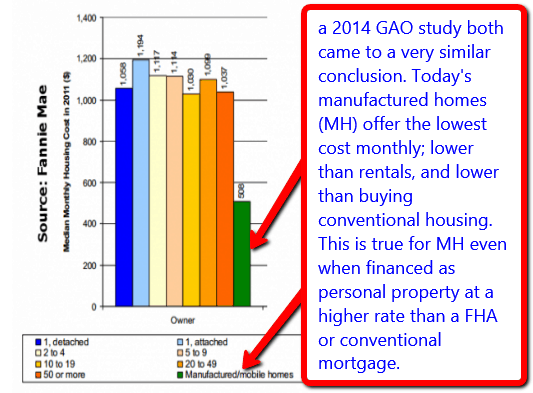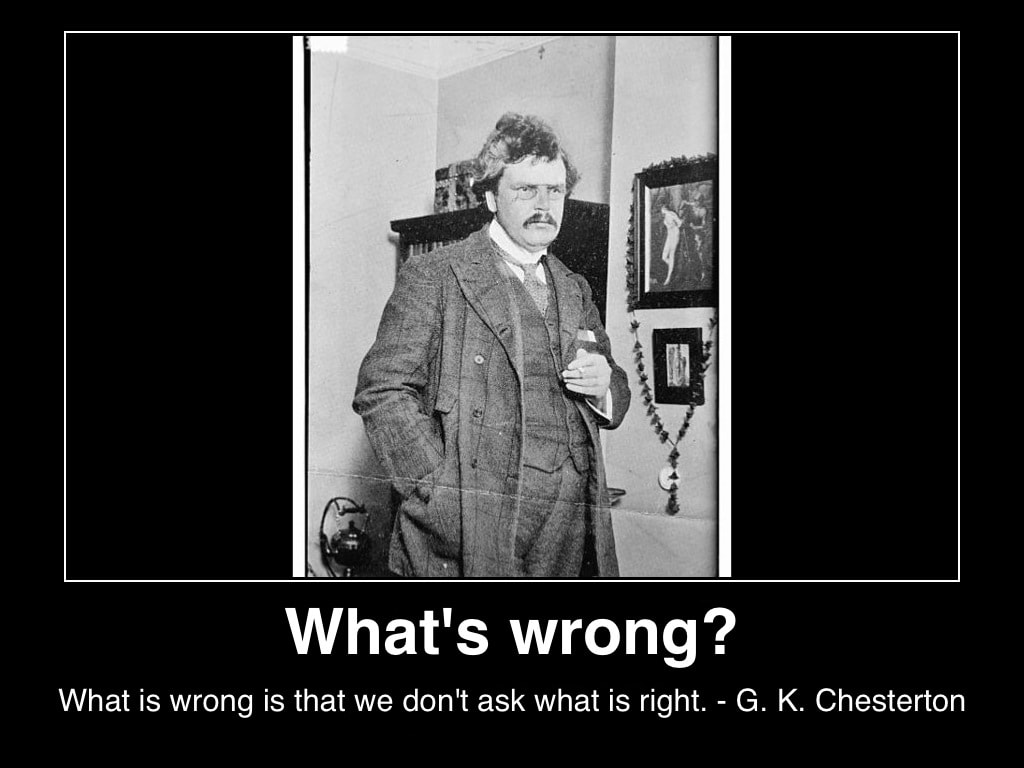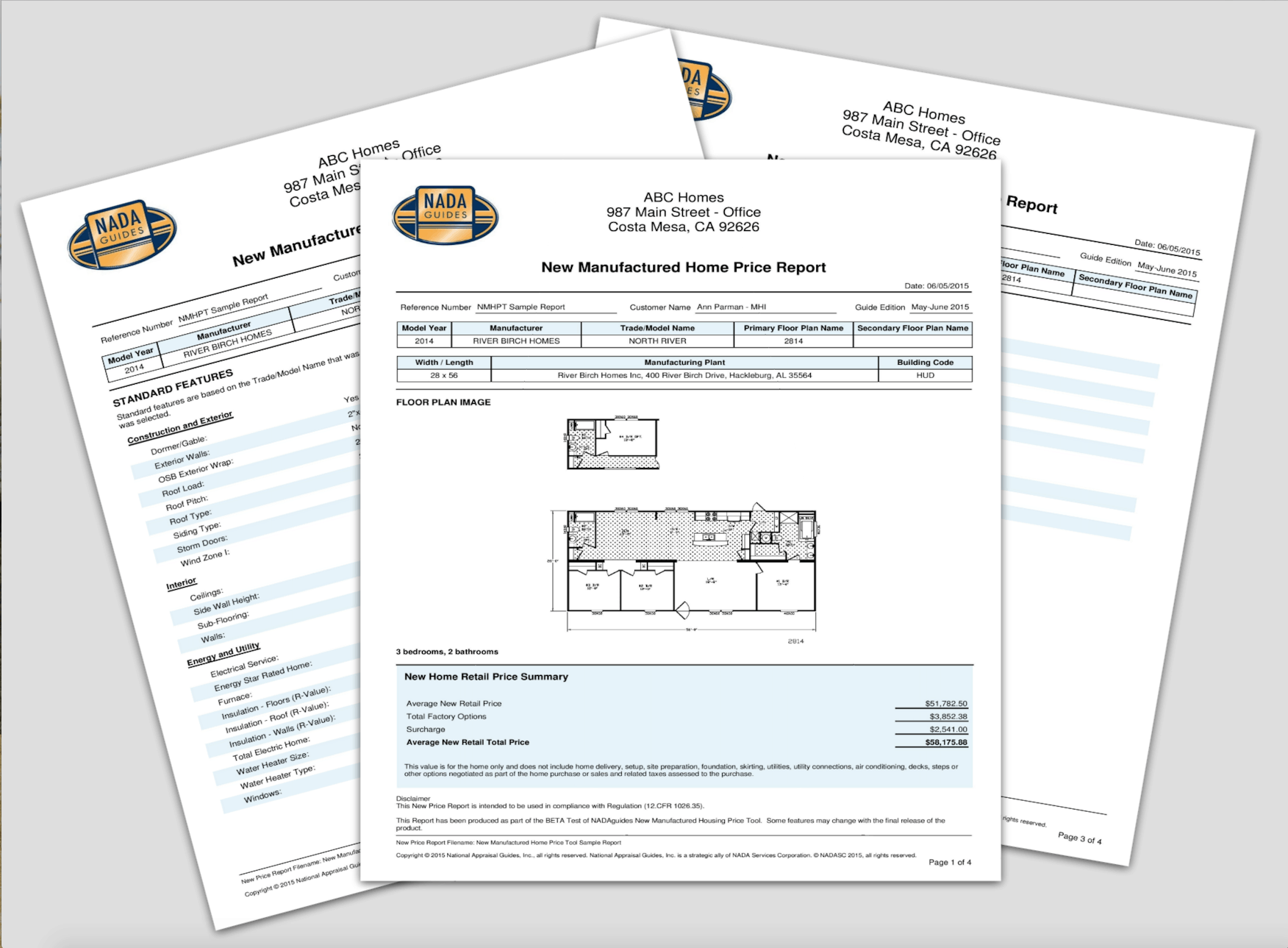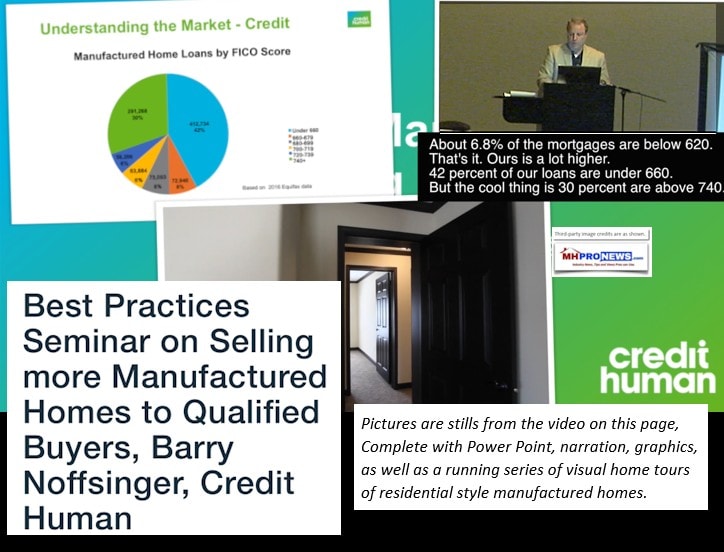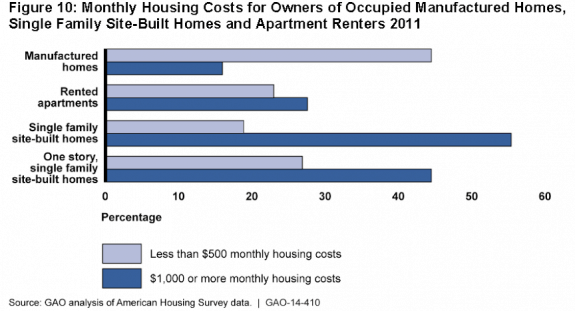Trends come and go, being influenced by various economic conditions. These include the availability of jobs and financing as well as life status and geographical preferences. A growing number are no longer interested in the McMansions, a larger trend still touted by so many real estate developers. Back in 2001, “oversized” houses might be 3,200 sq. ft. and larger. Today’s new trend in housing is the Tiny House movement.
Changing Times
The old Bob Dylan song said, “The times, they are a-changing.” As people have dealt with unemployment, losing homes to foreclosure, moving from one area to another to find work and general uncertainty, the trend to occupy smaller and less expensive housing is emerging.
So, what’s in this trend that could benefit the Manufactured Housing industry?
It’s always a good idea from a marketing perspective to look for new opportunities in housing and new types of clients who can benefit from Manufactured Home living. The Tiny House trend could be one of those opportunities.
Tiny House in the Learning Village of the Container Park in Las Vegas.
Movement Promoters
First, let’s look at the various types of people and organizations promoting tiny homes. The Small House Society was founded in 2002, and the leaders and members define themselves as being “a cooperatively managed organization dedicated to the promotion of smaller housing alternatives which can be more affordable and ecological.”
The Houston chapter of the group says that “This is a group for anyone interested in designing, building, living in, renting, or maintaining a Tiny House and sustainable lifestyle.” The members support each other by sharing resources and knowledge as well as visiting builders and holding Tiny House events.
They state that the Tiny House movement is a return to houses of less than 1,000 square feet, some as small as 80 square feet. Building types include cottages, cabins, trailers, containers, caravans, house boats, tree houses and many more.
The typical Tiny House on wheels (THOWs) may be 8 feet by 20 feet. Livable space may total 120-160 square feet or less. This promotes ease of towing and is exempt from the need for a building permit. The size and design of Tiny Houses depend on the organization and purposes for which the houses are to be used.
A segment featured on Bill Moyers’ PBS program stated that, “Increasingly, these small homes are being considered as models for affordable housing that could serve as a place for the homeless to find some stability and, perhaps, live permanently.”
Tiny Houses are already being used in such varied locations as Portland, Oregon; upstate New York; Austin, Texas; and Madison, Wisconsin, where local advocates for the homeless have constructed communities of Tiny Houses.
The Moyers program also said that “One of the chief benefits of living in a small space (referred to by some who practice it as “micro-living”) is that it’s cheap. An added bonus — and the reason for its initial appeal — is that it’s environmentally sustainable.”
The growing popularity of very small houses among the environmentally-minded set is now being called a movement. There are numerous blogs devoted to them, plus the TV show – Tiny House Nation – for those with access to triple-digit TV channels.
Even HGTV is covering this emerging trend. That channel has a series entitled “Tiny House Hunters” that began in December, following home seekers across the country as they look to downsize. They’ll check out “three unique streamlined houses under 600 square feet before deciding on the perfect compact kingdom to call home.”
Cost of Tiny Houses
The president of the Small House Society said that if you build a Tiny House yourself, it could cost as low as $10,000. However, not everyone wants to do that because of time constraints and lack of skills.
The Tiny House Company in Spring – near Houston, Texas – is offering an 8’ x 19’ Tiny House shell on wheels with vinyl siding, faux brick, and a 30 Amp electrical system installed starting at $12,900. This model features side entry and an open floor plan with an 8′ x 7′ 6″ sleeping or storage loft.
In Las Vegas, Nevada, the Downtown Project has acquired three rustic-cabin-style micro houses from the Tumbleweed Tiny House Company and are displaying them in various downtown areas. One such house is in the Downtown Project’s Container Park. The others are parked in an adjacent lot, waiting to be placed.
Kim Schaefer, public relations director for the Downtown Project, said the cabins aren’t a permanent fixture, but are meant to make people think of possibilities.
The house parked at the Container Park’s Learning Village “will receive a lot of traffic and exposure so people have a chance to walk through it and be inspired,” Shaefer said. “As people tour these homes, they will generate ideas and creative solutions.”
The Las Vegas Review Journal tells MHProNews that the models are the 130-square-foot Fencl, which sleeps two; the 117-square-foot Lusby, which sleeps four; and the 144-square-foot Linden, which can accommodate a king-size bed. The houses resemble tiny cabins, with wood interiors and exteriors, functional kitchens, a bathroom with a toilet and shower and even fireplaces in some models.
Tumbleweed manufactures “houses to go” wheeled cabins, ranging from 73- to 172 square-feet, and larger cottages. The cottages range from 261-square-foot studios to three-bedroom models of 884 square-feet. However, these Tumbleweed Tiny Houses do not have tiny prices. Assembled houses range from $50,000 to $60,000.
Glenn Nowak, associate professor of architecture at the University of Nevada, Las Vegas, said, “There is a push toward finding ultra-efficient designs for both living and working. Everything is downsizing as people discover that you can do a lot more in a lot less space and do it more economically. That boils down to smaller, multifunctional spaces and even mobile spaces.” Stephens said that although the houses are mobile, they are not meant to be moved often.
In marketing and PR terms, the Tiny House movement is arguably outdoing manufactured housing. Yet the size of the market is still, well, tiny.
Are manufactured housing leaders taking notes? On a cost per square foot basis, manufactured housing (MH) offers many similar advantages – though today most MH aren’t as mobile as the THOW are – and MH does so for a smaller price tag.
Even with ‘hitches,’ Tiny Houses are often positively seen by the media.
In tracking various stories across the United States about Tiny Houses, it seems that prices vary according to manufacturers and whether the home is a do-it-yourself project. However, there are pitfalls associated with some of these DIY projects.
In San Antonio, Texas, as reported on MyFoxNY, a couple had invested 2 1/2 years and $35,000 into building a tiny home from the ground up. They had just moved it to a plot of land they had purchased. Unfortunately, someone stole it. The home was built on top of a trailer, and all the thief had to do was attach it to a truck and drive off.
So, it seems that the quest for smaller living spaces can take many forms, some are mobile and others are located in a fixed location. They can cost various prices, depending on manufacturers, and building materials. Interest in these small structures comes from not only individuals, but city governments, non-profit organizations, and environmental groups.
There is considerable experimenting going on in this search for smaller living quarters and not much organization. Shouldn’t this be an opportunity for the manufactured housing industry?
As many MH professionals know, HUD Code regulations allow a manufactured home as small as 320 sq. ft. to be constructed (8′ x 40′; Note: some HUD Code builders are also building ANSI code park models).
There could be benefits to buying a manufactured home including quality materials, short delivery time, competitive pricing, and warranties. In addition, financing available on a manufactured home would probably be more favorable that available on a Tiny House.
One of our prominent readers asked, “Where is our industry on this?” That’s a good question. So where does Manufactured Housing stand on the Tiny House movement? ##
(Editor’s Note: We’d be keen to hear from all segments of the industry, including manufacturers, on what lessons and opportunities the Tiny House movement presents for Manufactured Housing. Send comments to this email link, and let us know if your comments are ON or OFF the record. Thank you.)
The Tiny House Trend – Possible New Market for Manufactured Housing?

Article submitted by Sandra Lane to Industry in Focus, MHProNews.

















